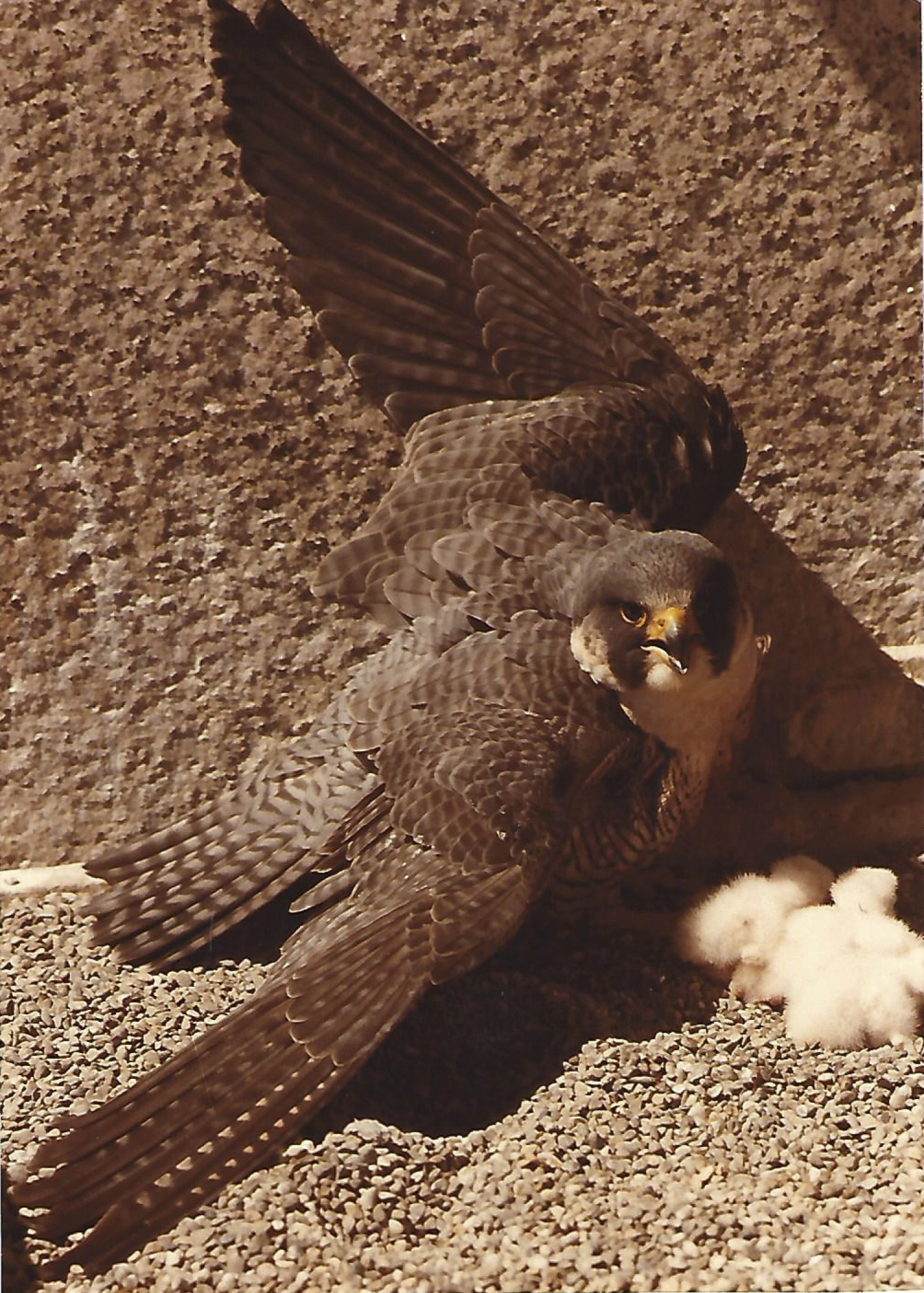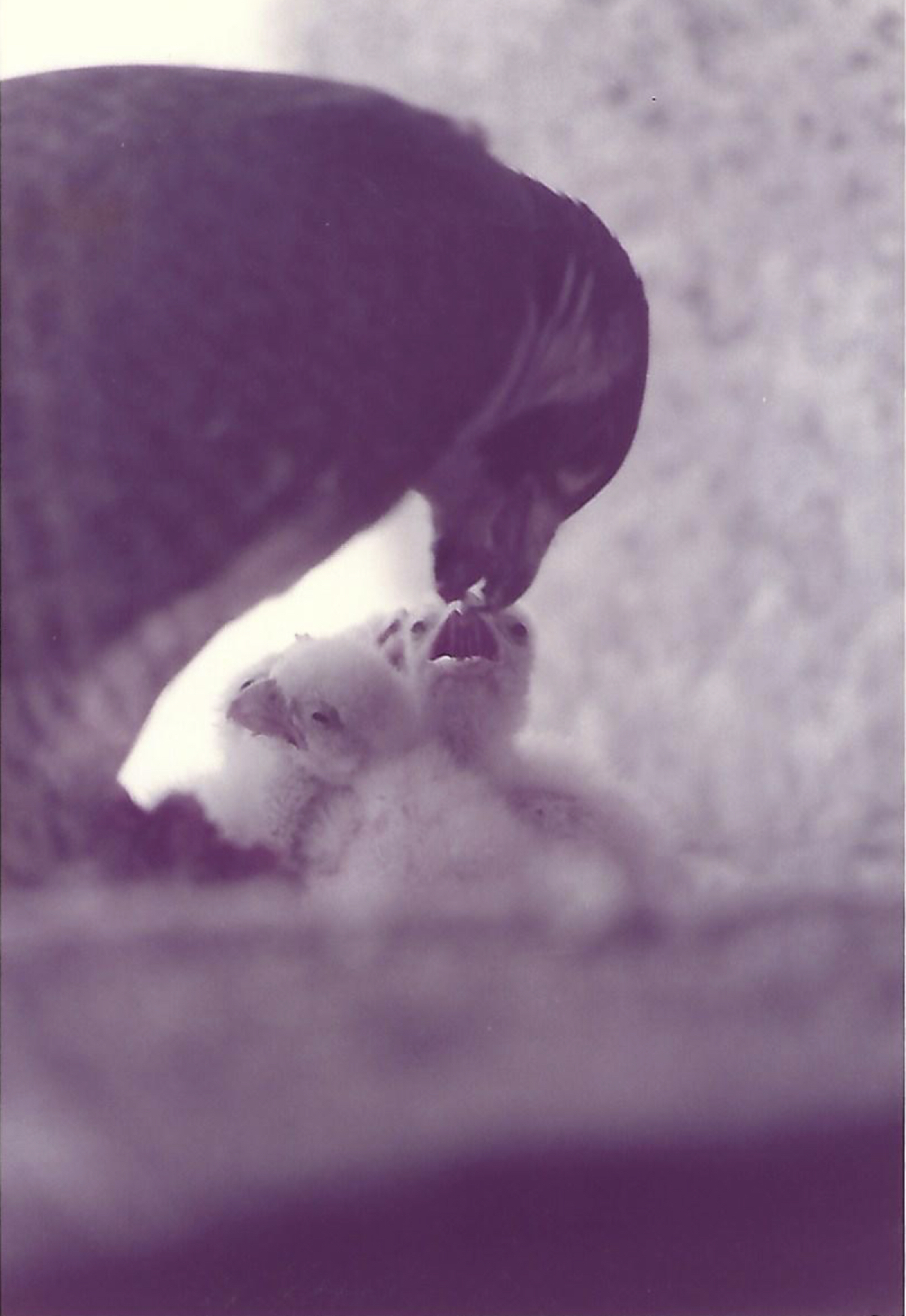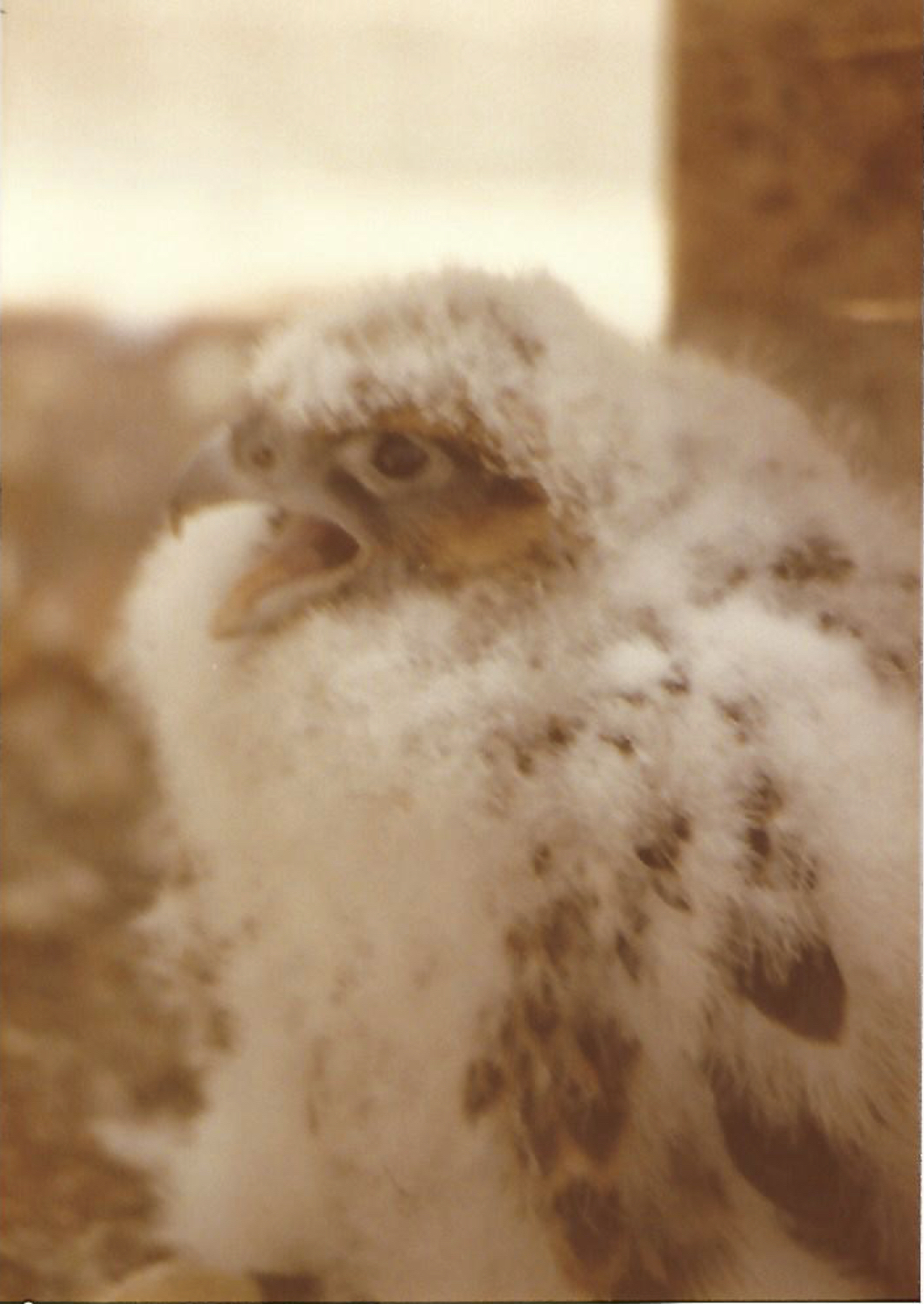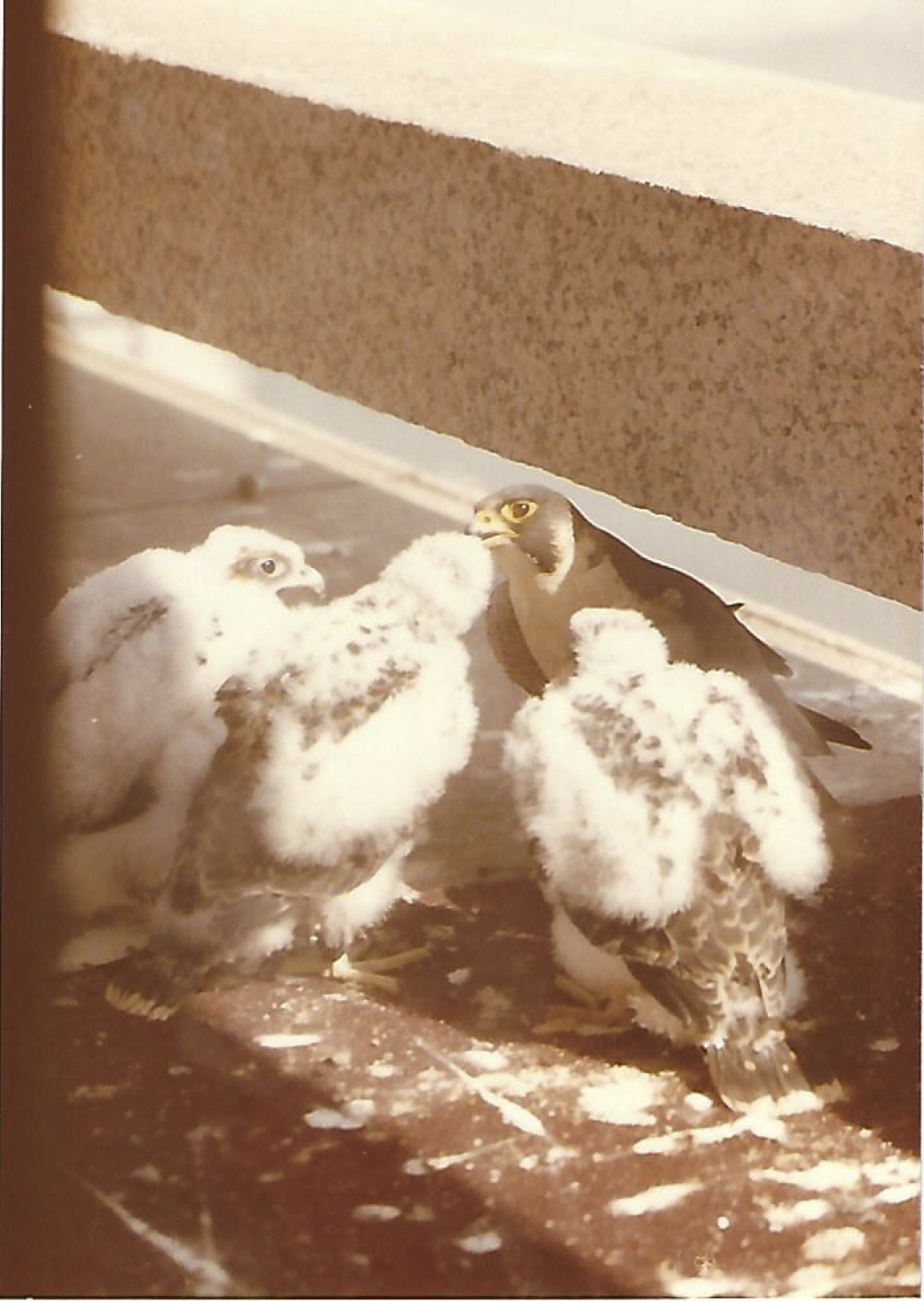Falcons of 100 Light Street
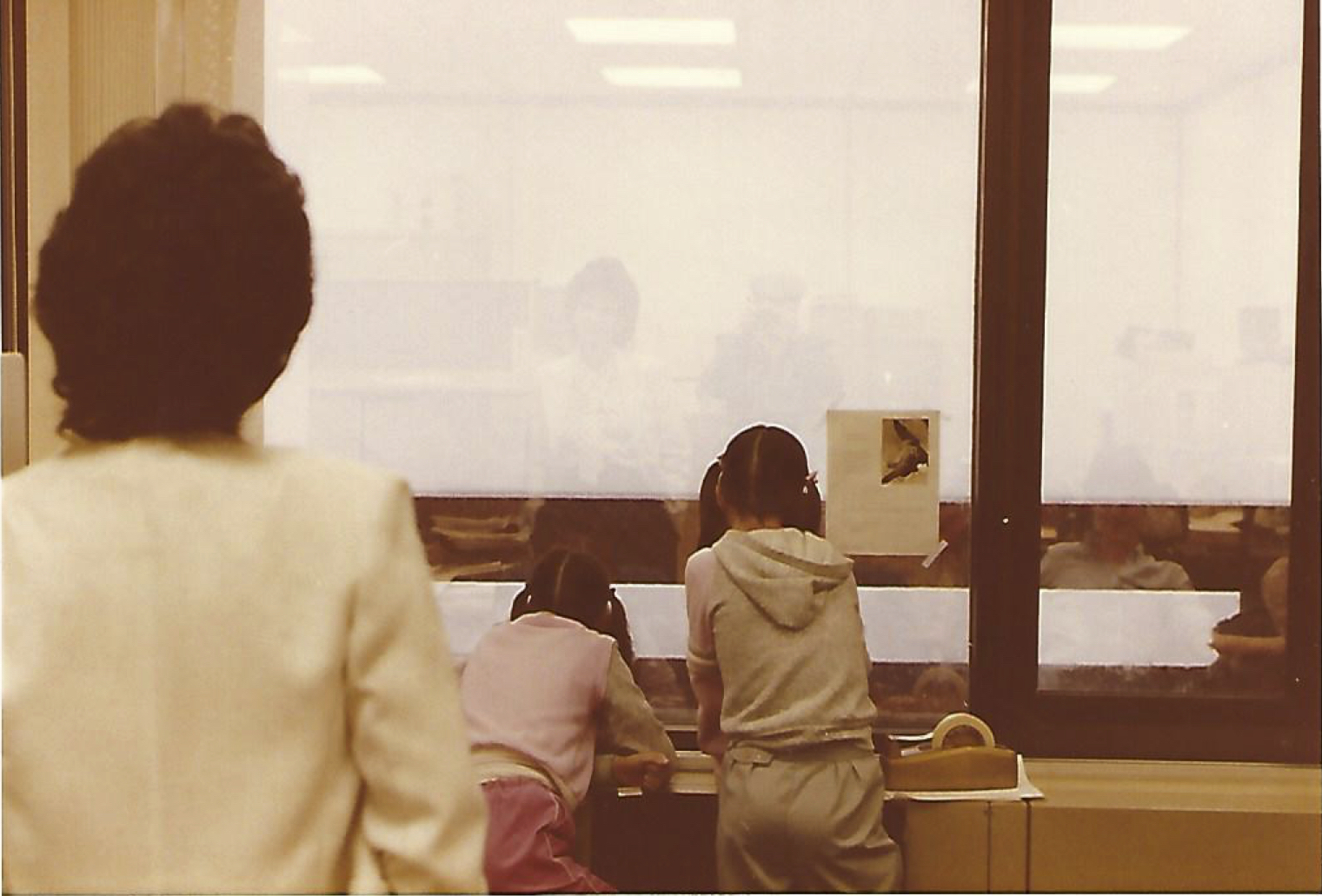
Much like Falcon Cam fans today, people such as the Kruger family enjoyed watching the falcons on the 33rd floor ledge, here in 1984. Photo Credit: Jim Kruger
100 Light Street has been home to nesting pairs of peregrine falcons for over 35 years
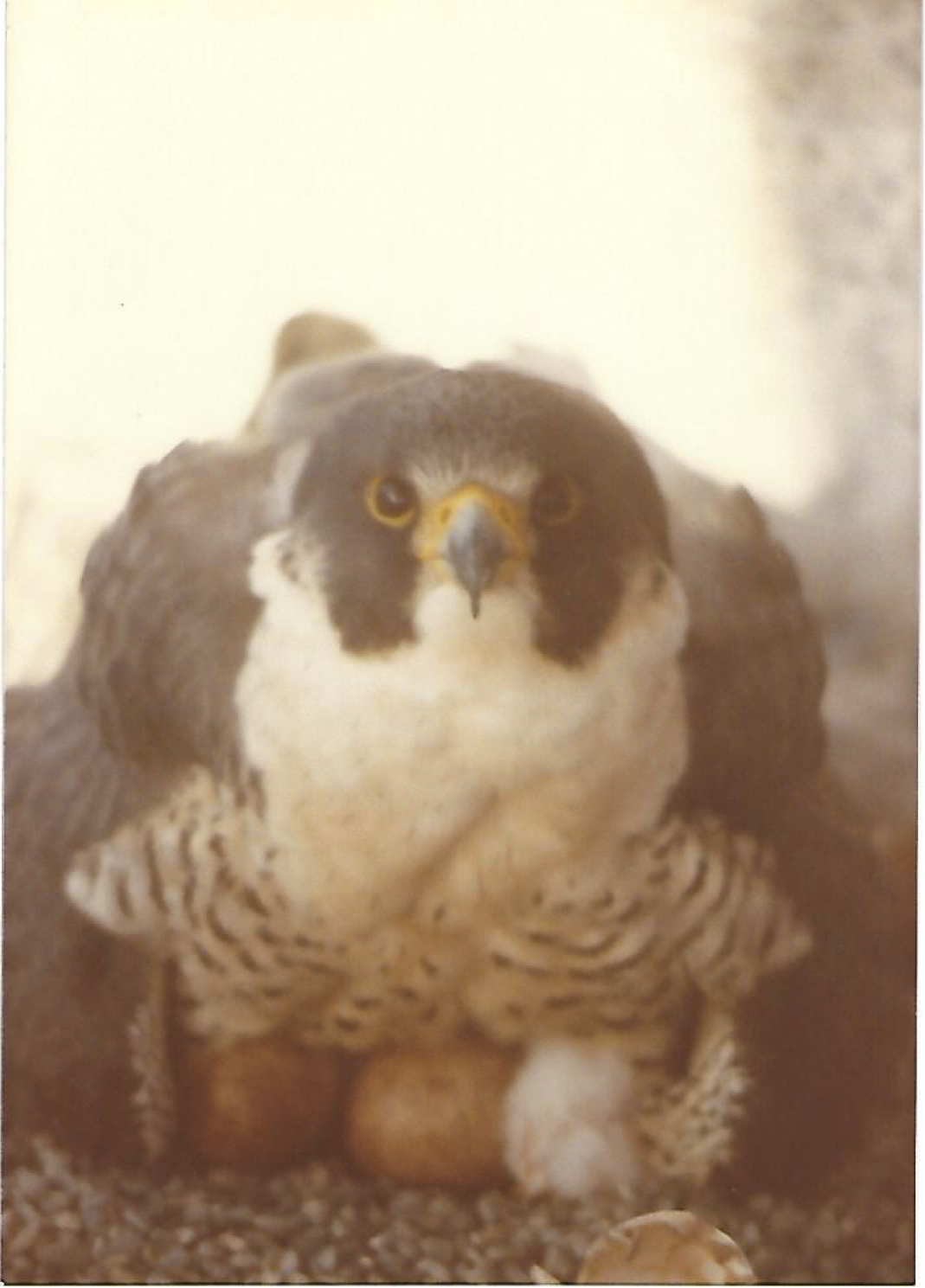
After a drastic population decline from 1950-1970 due to pesticide poisoning, peregrine populations have rebounded due to a large-scale captive breeding and release program. Scarlett, the building’s first falcon, was released by the Peregrine Fund at the Edgewood Arsenal area on the Chesapeake Bay in 1977 as part of this effort.
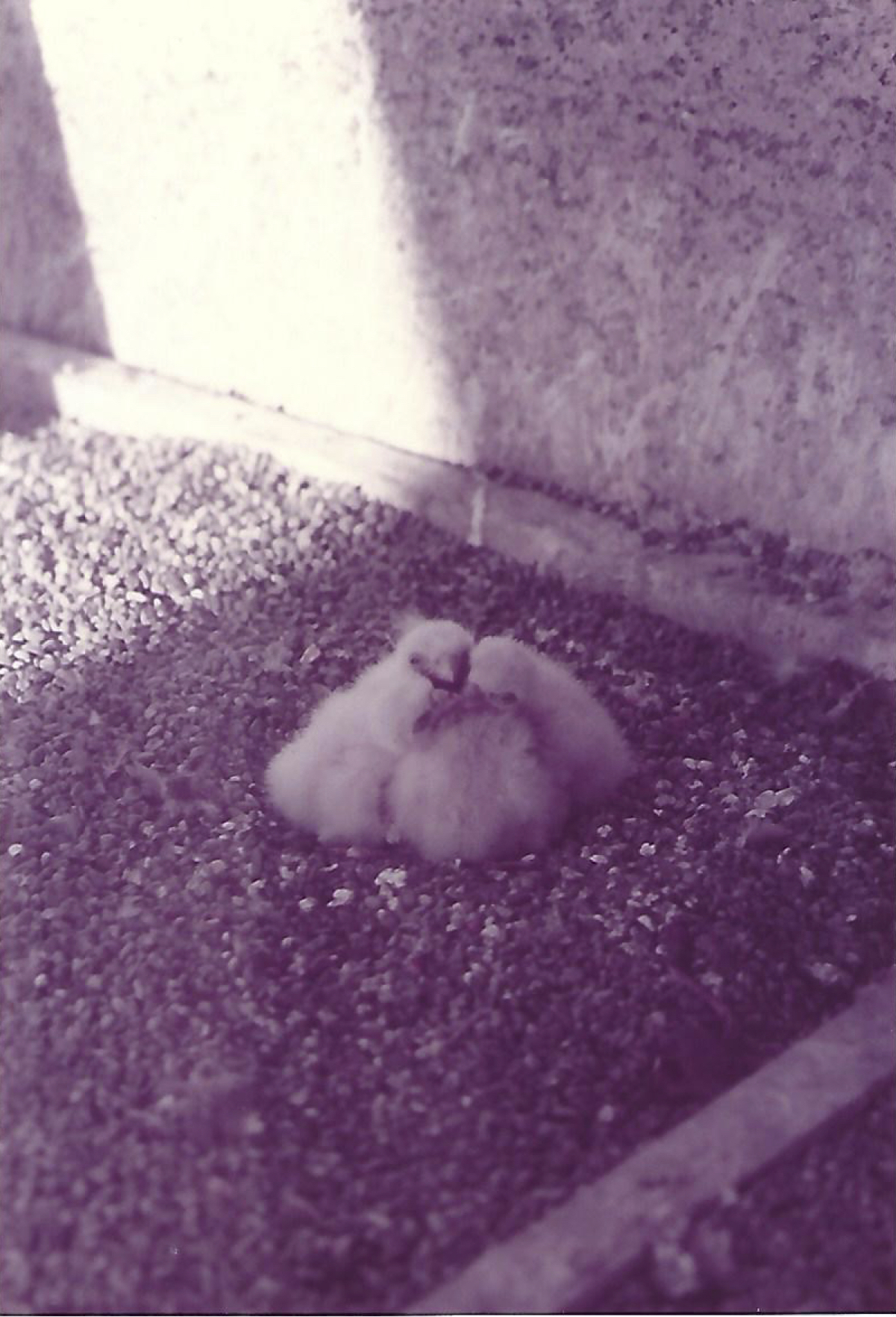
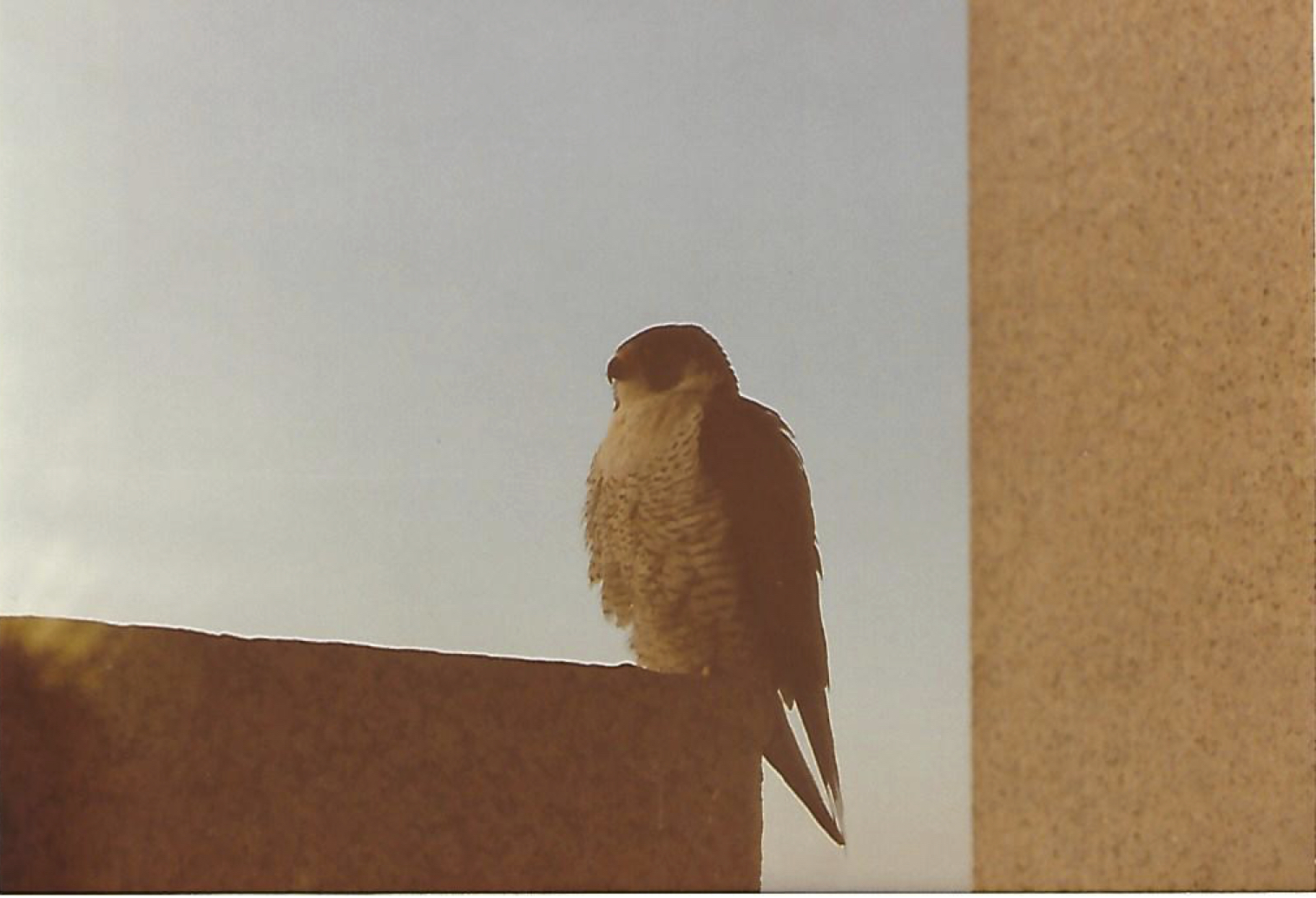
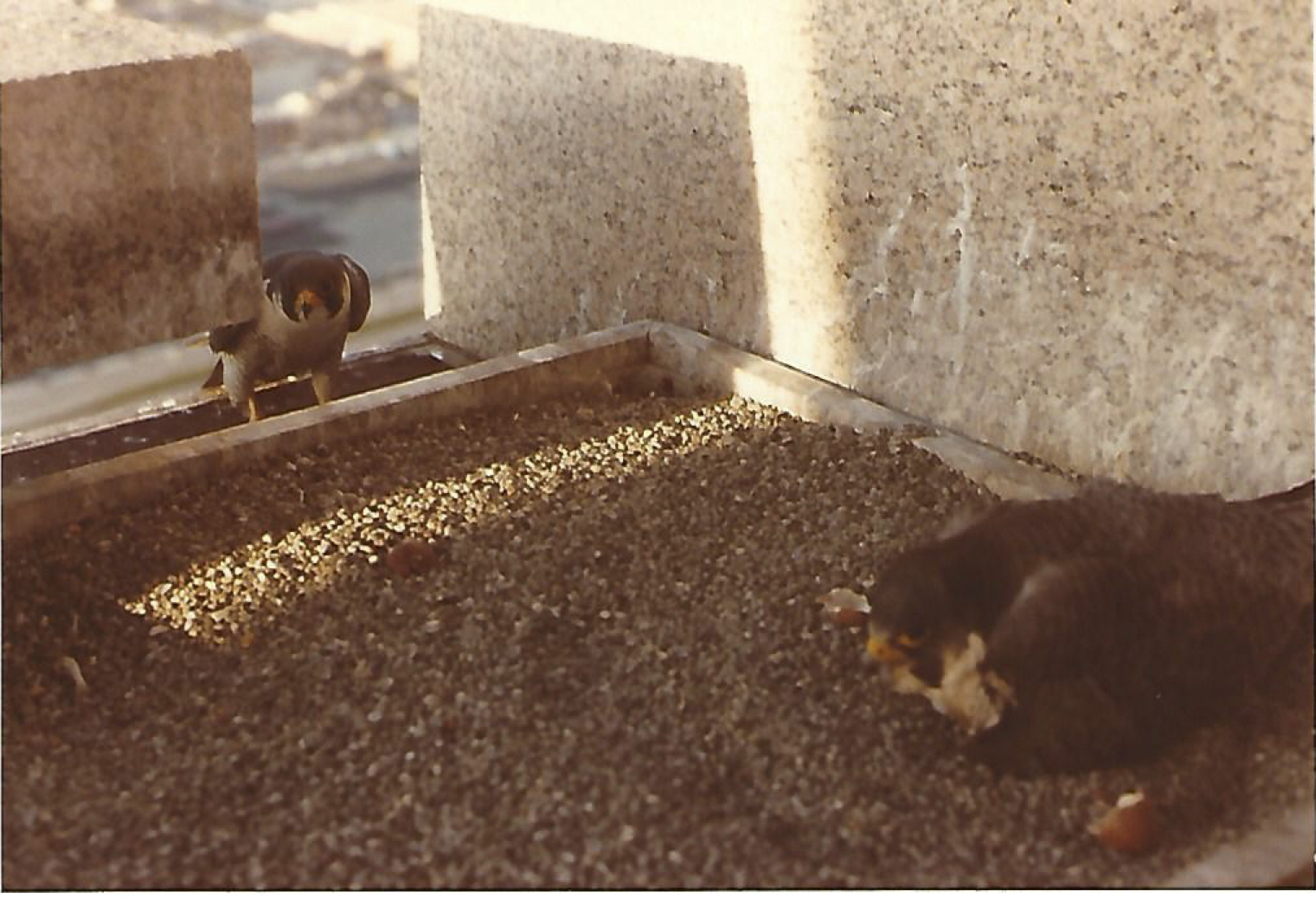
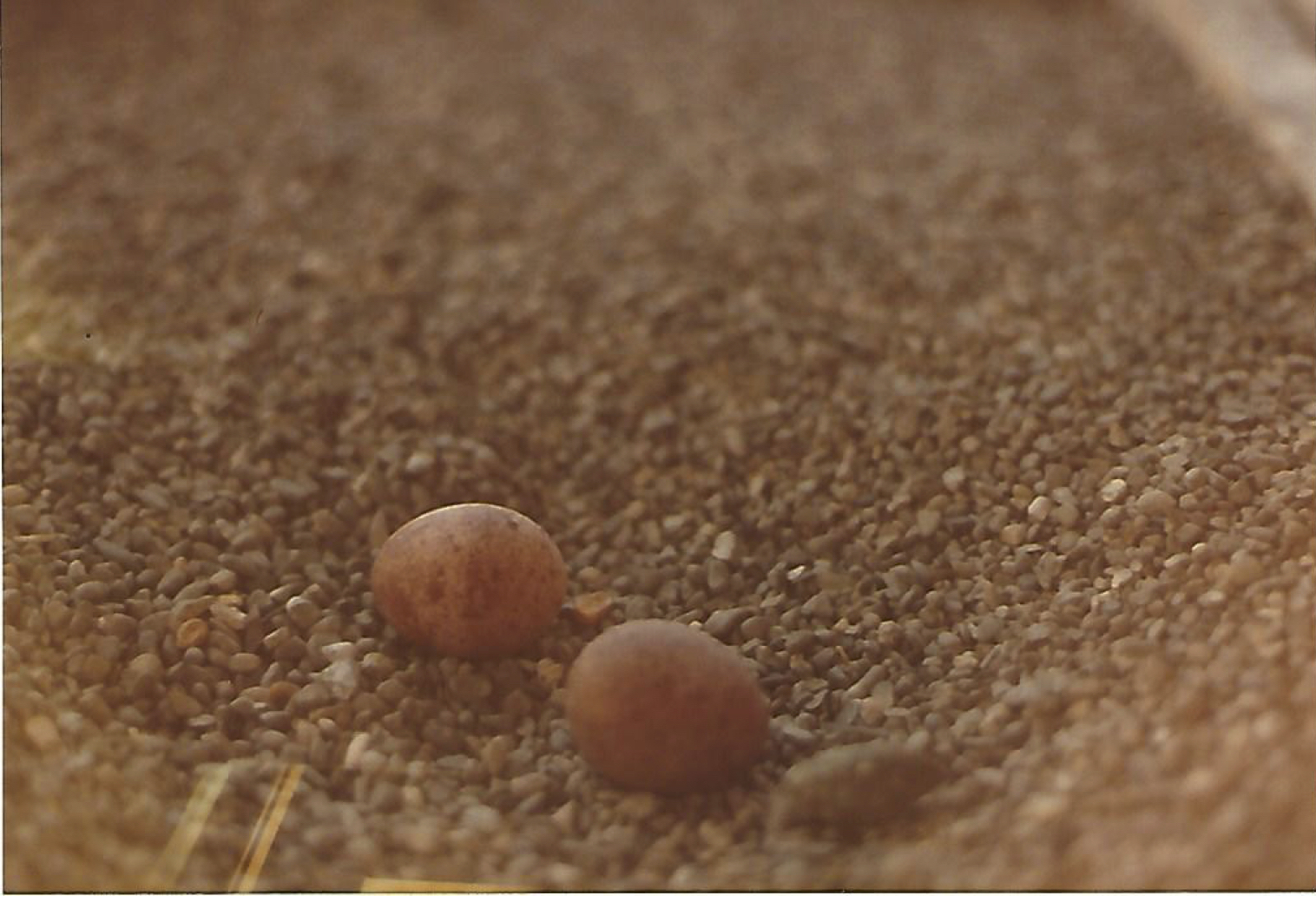
Her first successful mating in 1984 with a wild peregrine, later named Beauregard, produced the first natural-born peregrines bred in an urban environment on the East Coast in three decades. Now, peregrine falcons are pervasive throughout the U.S., nesting on skyscrapers, water towers, cliffs, and more. Maryland’s restored peregrines have preferred man-made structures, like the 100 Light St skyscraper, to make their nest in the region. Structures like the Chesapeake Bay Bridge, Francis Scott Key Bridge, and Route 301 Potomac River Bridge have been known to have nesting peregrines as well. (All photos by Jim Kruger, former USF&G employee, except for Scarlett in defensive position, bottom right, taken by John Barber, also a USF&G employee.)
